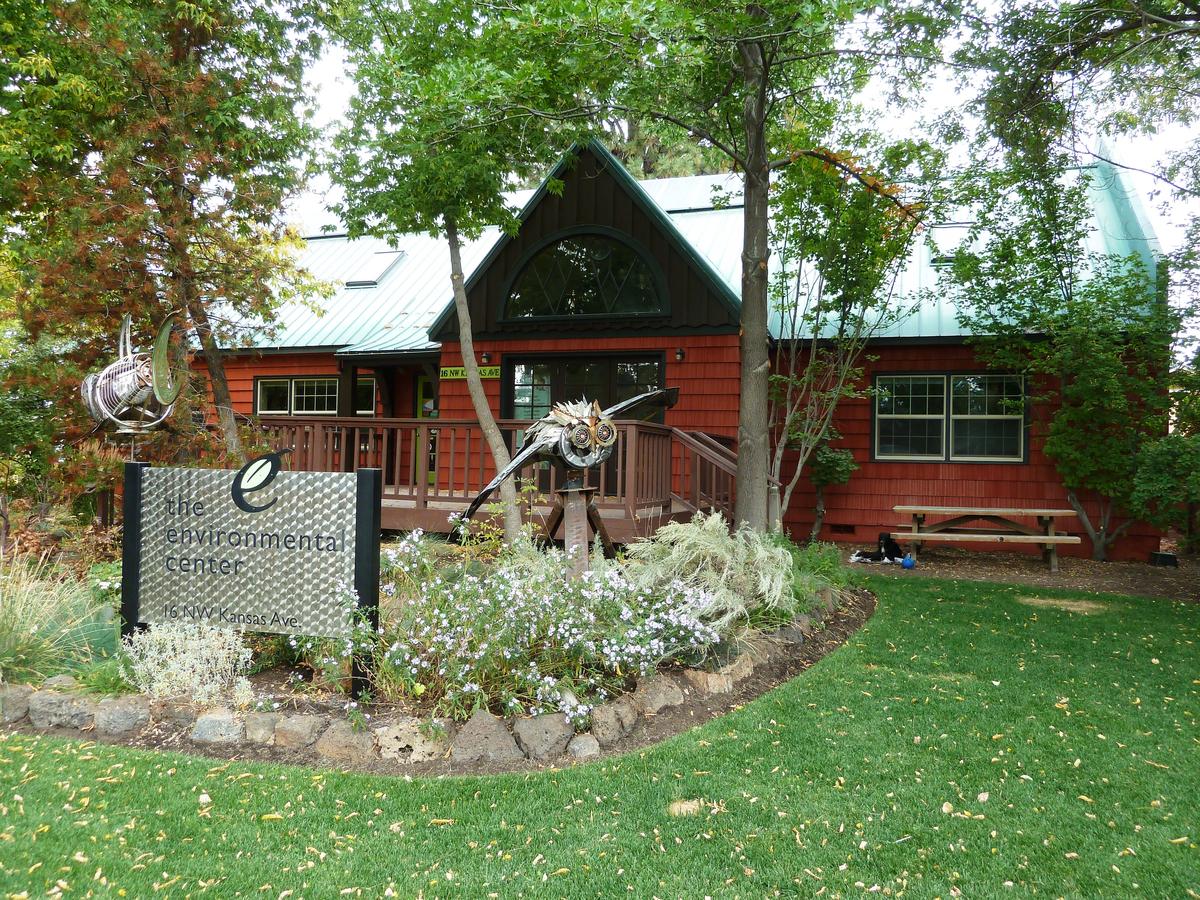COBKA July Meeting
We will welcome OSU Apiculture Professor Ramesh Sagili. He will be discussing Honey Bee Nutrition & How Various Miticide’s Work.
*We will have an early (5pm) special Beginners Corner in the Environmental Center Apiary...bring your protective gear & join Dr. Sagili in the garden for an inspection demonstration!



Hope to see you all there!
Thanks to Sarah Miller for creating this list of terms and concepts we may hear during Dr. Sagili’s talk!
Varroa mites
- Exterior parasitic mites not seen in Grandfather's day. Responsible for decline of general colony health and vigor, and is a factor in overwinter colony death. Easily invades clean colonies but are treatable.
Phoretic stage
- Mother varroa mites riding and feeding on brood worker bees, waiting on the correct time to enter brood cells that are ready to be capped.
Reproductive stage
- Mother varroa mites enclosed in brood cell and feeding on pupae while laying eggs that hatch and feed on pupae until they mature and hatch.
Varroa life cycle
- Mother mite leaves worker bee and enters brood cell about to be capped. First offspring
egg is male, to be able to fertilize all following female offspring. Females then become Mother mites. When the bee hatches, male mites die, and female mites are now able to begin the cycle again. And rapidly increase, worse than rabbits.
Tracheal mite
- Internal mite. Reproduces in breathing organs of bees. Larvae feed on hemolymph, debilitating host bee.
Honey Bee egg
- Fertilized eggs laid by the queen hatch after 3 days, eventually emerging as female workers in 21 days, unfertilized eggs become drones in 24 days, and fertilized queen replacement eggs emerging as a queen in 16 days.
Larva
- White worm-like grubs emerging from eggs. Larva, from fertile eggs will be capped after 6 days for workers, 4.6 days for queens and from infertile eggs (for drones) in 6.3 days. Fed by worker nurse bees until capped.
Pupa
- Once capped, the worker pre-pupa spins a cocoon, and grows and molts into a recognizable mature bee at day 18.
Adult
- After her hard shell begins to harden on day 18, which takes three days, the worker then chews a hole in the cell cap and emerges as an adult worker on day 21.
MAQS
- (Mite Away Quick Strips, formic acid) strips kill varroa mites in both phoretic stage and capped brood by vapor, with honey supers in place.
Oxalic acid
- No mite resistance but kills only phoretic varroa mites while colony is broodless. Vaporize with respirator or dribble application.
Apivar
- (Amitraz) Possible mite resistance, but works by contact to phoretic varroa mites for two brood cycles.
Apistan
- (Check Mite) Mite resistance seen.
Apiguard
- (Thymol) Essential oil with no mite resistance works to kill only phoretic varroa, with honey supers removed.
Hop guard
- (Organic acid) May be used with honey supers in place for phoretic varroa contact kill and in no brood conditions.
Apilife var
- (Thymol and others) Essential oils with no mite resistance works only to kill phoretic varroa, with honey supers removed.
Royal jelly
- A mixture of food produced in worker glands, can be combined into bee bread and is fed to all eggs for three days, and exclusively to queens for her lifetime.
Worker jelly
- Honey, nectar and pollen assembled by nurse workers and fed to worker and drone brood after day three.
Bee bread
- Pollen, moistened with nectar and saliva to add enzimes, and fermented as a protein food for the colony containing amino acids, vitamins and preservatives.
Nectar
- Sugar solution collected from flowers and used for food, comb building and to be processed into honey.
Honey
- Nectar, mixed with enzymes and bacteria, and dehydrated. Used for food, stored food, and bee bread.
Pollen
- Protein source collected by designated workers for manufacture of bee bread.
Google Map

